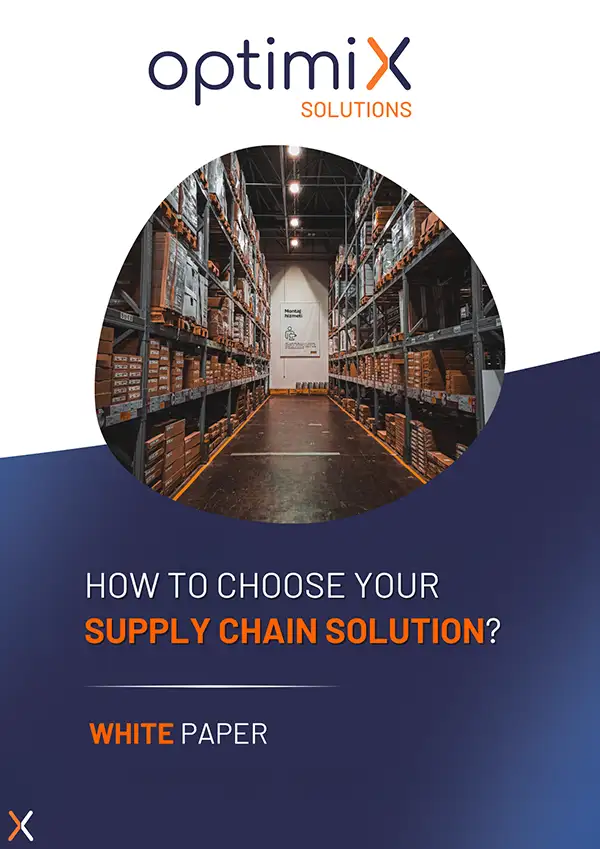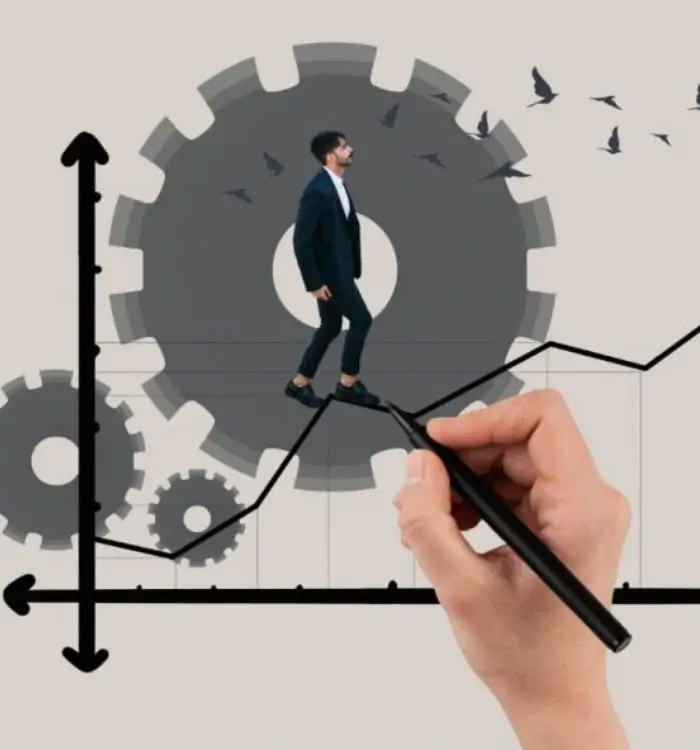Faced with an increasingly unstable business environment marked by rapid changes in purchasing behavior and market volatility, anticipating demand has become an essential strategic lever.
Companies that rely on high-performance sales forecasting software can adjust their production, optimize their inventories and improve their responsiveness. Better prepared, they can make informed decisions, limit risks and reinforce their competitiveness in the long term.
In this article, we’ll explore different sales forecasting methodsIn this article, we will explore the different sales forecasting methods, present the most effective technological tools and analyze the concrete benefits that companies can derive from them, while highlighting the challenges to be overcome in order to make these forecasts more reliable.
Foresight for better decision-making: why is it vital?
Sales forecasting is based on a rigorous analysis of internal data (order history, sales trends, customer behavior) and external signals (market trends, seasonality, geopolitical or economic context).
By providing a clear view of the future, it makes it possible to :
Anticipate volumes to be produced or supplied, avoiding overstocking and shortages.
Align sales, marketing and logistics resources with actual objectives.
Reduce operating costs by streamlining the supply chain.
Optimize strategic decision-making, based on reliable projections rather than intuition.
Limit financial risks by adapting investments to demand cycles.
With predictive management, forecasting becomes a lever for agility, resilience and overall performance. If you’d like to know how important a good sales forecast is for your business, we invite you to read our article on the subject here
Sales forecasting methods: from expert judgment to statistical models
Data-driven quantitative methods
Sales forecasting methods fall into two broad categories.
- Qualitative methods rely on the intuition and expertise of professionals in the field, such as sales people or product managers. They are particularly useful in the absence of historical data, during product launches or when exploring new markets. They integrate a human and contextual dimension, although they are subject to bias.
- In contrast, quantitative methods are based on the rigorous analysis of past data, using statistical tools such as time series, regression or smoothing models. They offer a solid basis, provided that reliable, structured data are available.
More and more companies are opting for a hybrid approach that combines these two methods, cross-referencing the results of numerical models with feedback from the field. This combination enables forecasts to be fine-tuned and better adapted to operational realities, taking into account events or changes that figures alone cannot anticipate.
Sales forecasting tool: towards augmented intelligence.
1 ERP and CRM software with forecasting modules
ERP systems (such as SAP, Oracle, Odoo…) and intelligent CRM systems such as Salesforce, HubSpot, Zoho… integrate sales forecasting modules capable of analyzing past trends and projecting future scenarios. These tools enable you to :
Cross multiple data sources: sales, inventory, deliveries, campaigns…
Centralize information for unified management.
Automate calculations and updates in real time.
2 Artificial intelligence and machine learning
The arrival of machine learning marked a turning point. These technologies learn from data and adjust continuously. Advantages :
Detection of weak signals not perceptible to the human eye.
Take into account multiple internal and external variables.
Dynamic updating of models according to new entrants.
A sales forecasting tool such as XFR Optimix Forecasting Replenishment , or customized Python/R solutions, can now be used to create powerful predictive models, integrated into the company’s BI system.
3. Dynamic dashboards
The use of datavisualization, through sales forecasting tools such as Power BI, Tableau, Google Data Studio or Excel, makes it possible to produce usable sales forecasts. These solutions make it possible to track discrepancies between forecasts and actual results, to anticipate market drifts or opportunities more quickly, and to promote collaborative management involving sales, logistics and finance teams.
Excel, in particular, remains a widely used sales forecasting tool within companies. It’s a solution appreciated for its flexibility, especially in smaller structures or to meet one-off needs. However, its ability to process large volumes of data, automate workflows or facilitate collaborative working quickly shows its limits.
Despite their appeal, these data visualization tools are not designed to model demand independently. They simply display the results of previously established calculations. Unlike the forecasting modules integrated into the most powerful ERPs, such as those from Optimix Solutions, they have neither a robust predictive calculation engine, nor a native capacity to process massive operational data. Their performance is therefore highly dependent on the quality, structuring and updating of the data that feeds them, and on a daily basis they represent a huge waste of time for teams.
To find out more on this subject, we invite you to read our article : sales forecasts, why it’s high time to move away from Excel
Among the most advanced sales forecasting software on the market is XFR (Optimix Forecasting & Replenishment), developed by Optimix Solutions. This solution relies on advanced statistical models and machine learning mechanisms to produce reliable sales forecasts, even for very large databases. Thanks to an intuitive interface and customizable dashboards, XFR enables business teams to monitor demand and inventories in real time, while retaining a degree of human expertise to fine-tune forecasts. It is thus fully in line with a logic of augmented intelligence, where technology serves operational responsiveness and commercial performance.
Sales forecasting has become a strategic pillar in an economic environment marked by instability and accelerating cycles. They enable companies to make informed decisions, secure their value chain and improve customer satisfaction. But for them to be truly effective, they must be based on well-chosen, correctly parameterized sales forecasting tools, supported by a strong data culture. Because technology alone is not enough: it must be accompanied by a clear business vision, a capacity for critical analysis and constant agility. Anticipation means transforming uncertainty into opportunity. And in an ever-changing world, this ability becomes an essential competitive lever.







